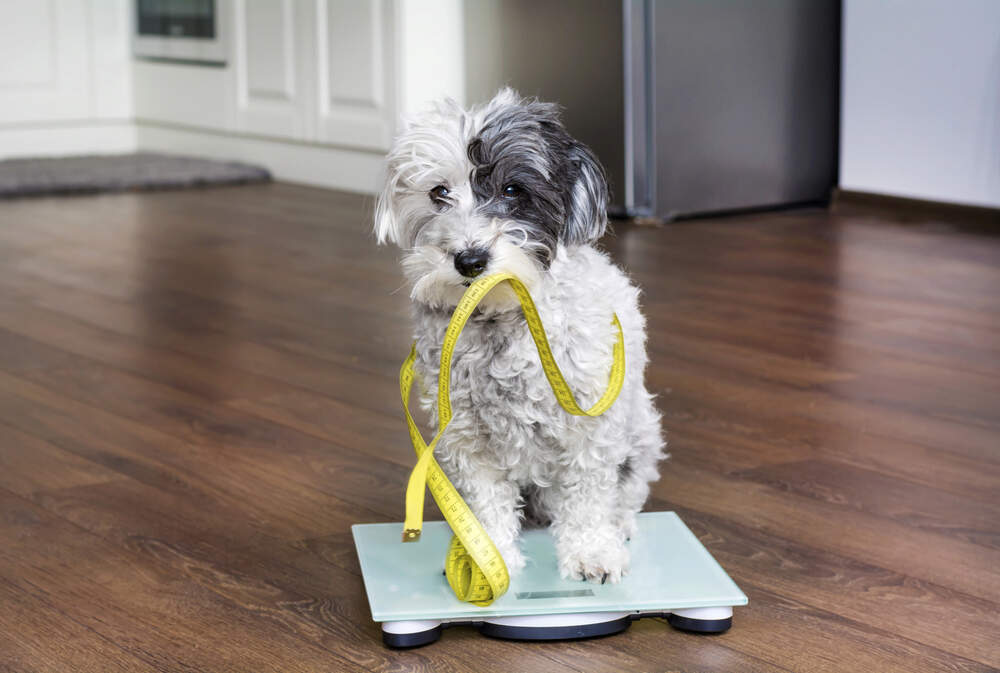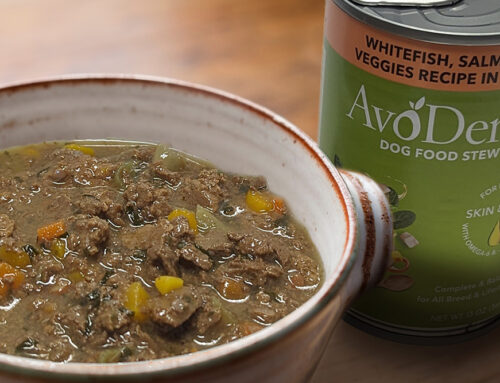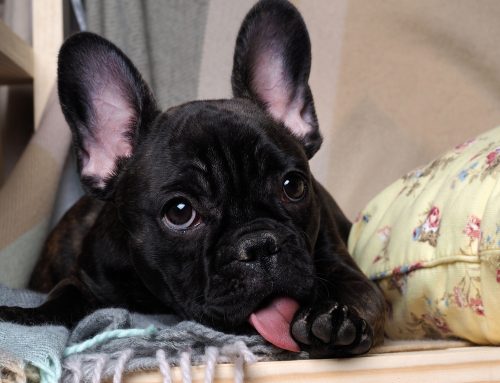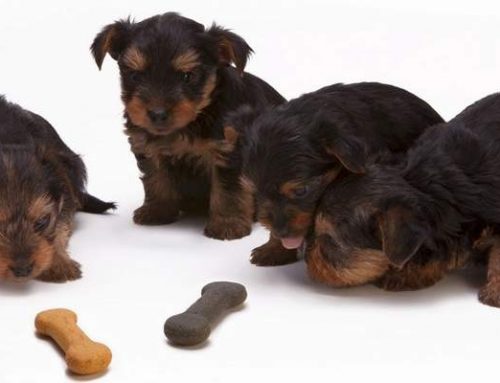Is your dog getting a little chunky around the middle? If you notice a sagging belly, you might find yourself wondering, “How can I tell if my dog is overweight?” And if he is, what can you do to help? A quick look at your dog’s belly and waist can help determine if your pup needs to go on a diet.
Signs of an Overweight Dog
Your dog’s body shape can reveal if he’s overweight.1 If you look at your pup from above and see a defined waist and his body shape isn’t rotund on the sides, this is a good sign. But if his waist and sides look round, he might be a little overweight. Looking at your pup from the side can also clue you in. If his stomach swings or sags, that’s a sign of extra fat.
If you have to press in quite a bit to feel your dog’s ribs, this could be a sign your dog is overweight. Rolls of fat on the hips or legs can also indicate a chubby pup. Of course, the best way to tell if your dog is overweight is by taking him to the veterinarian.
Body Scoring Charts
Veterinarians often use a body condition scoring chart to rate just how obese a dog is.2 Obesity begins when the ribs have slight amounts of fat covering them and a discernible but not prominent waist. (It’s okay if you can barely see your dog’s ribs. That’s normal.) A heavily obese dog has ribs that can’t be felt at all without pressure and no tuck to the abdomen. Once a dog has discernible fat on his neck or legs, he’s on the highest end of the obesity scale.
How to Help an Overweight Dog
An overweight pup isn’t anything to joke about. If you notice your dog is overweight, you should take this seriously. Dogs that gain too much weight can develop a number of health issues down the line.
How can you help an overweight dog? First, switch your dog to high-quality food specifically designed to help maintain a healthy weight. If you prefer kibble, consider AvoDerm Natural Chicken Meal & Brown Rice Weight Support Recipe, which has 25 percent less fat than the original formula. Or try AvoDerm Natural Advanced Healthy Weight Grain Free Turkey Meal Formula. If you prefer canned food, try AvoDerm Natural Weight Support Chicken & Rice Recipe wet dog food. This formula includes high-quality, nutrient-rich ingredients that will satisfy any hungry pup.
Make sure you pay attention to the snacks you give your pup throughout the day. Sneaking table scraps or offering extra treats can help pack on the pounds.
Talk to your veterinarian about exactly how much food (including treats!) your dog should eat each day. The amount can vary based on the dog’s activity level, breed, age, and size. Slowly decrease the amount of food to the veterinarian’s recommended amounts over time.
In addition to looking at your dog’s food, consider exercise to help manage your dog’s weight. Take him for walks and playtime outdoors with Power Play bounce toys. You might also want to start some regularly scheduled activities that will get him moving more, like obedience classes, obstacle courses, or scent training. If your pup is really overweight, start with just a little exercise and work your way up as he gets healthier. Dogs that are very overweight might breathe harder when they’re active or even have some trouble walking. So talk with your vet about which activities are best for your pup.
It’s fairly easy to tell if your dog’s overweight. A look at his stomach and a feel of his ribs is typically all it takes. If your pup needs to lose a few pounds, consider it a great opportunity to go on more adventures together and get a little exercise along the way. Remember, the journey of a thousand miles begins with a single step.
1. World Small Animal Veterinarian Association. “Body Condition Score.” WSAVA.org, https://wsava.org/wp-content/uploads/2020/01/Body-Condition-Score-Dog.pdf.
2. American Animal Hospital Association. “Body Condition Scoring Systems.” AAHA.org, https://www.aaha.org/globalassets/02-guidelines/weight-management/weightmgmt_bodyconditionscoring.pdf.





